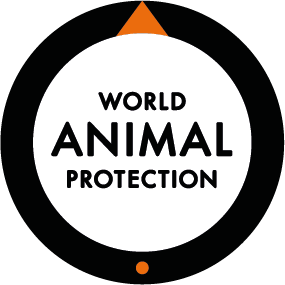Animal Mills: Suffering for Profits
The vast majority of animals—wild or not—sold in stores come from cruel commercial breeding facilities, known as mills. Additionally, wild animals may be supplied by companies that import animals from foreign mills or the wild.
What Is an Animal Mill?
Similar to puppy mills, reptile, bird, and small mammal mills produce as many animals as quickly as possible without regard for their well-being. Dead animals are just seen as the cost of doing business.
- Veterinary care is inadequate or absent. Injuries and illness are often ignored.
- Animals may be forced to fight for limited food and water.
- Sanitation is poor.
- Animals receive little to no social enrichment.
- Severe overcrowding is common.
Minimal Legal Protections for Wild Animals in the Pet Trade
The Animal Welfare Act (AWA) is the primary animal protection law in the US. It regulates animals used in research and exhibition (like in circuses and zoos) and some commercial animal breeders such as puppy mills and dealers.
But the AWA:
- Only creates minimal welfare standards.
- Is chronically underenforced.
- Excludes reptiles, amphibians, and fish.
After the Mills
If an animal survives the mill, their suffering isn’t over. Once in a human home, reptiles, amphibians, and birds are often kept in small tanks and cages that don’t come close to the freedom they’d experience in the wild.
Below are four wild animal species sold by big-box pet stores:
How Can You Help
Tell PetSmart that animals aren’t products and don’t belong on store shelves. Urge PetSmart to take the first step to end the wildlife trade by phasing out the sale of reptiles and amphibians.
